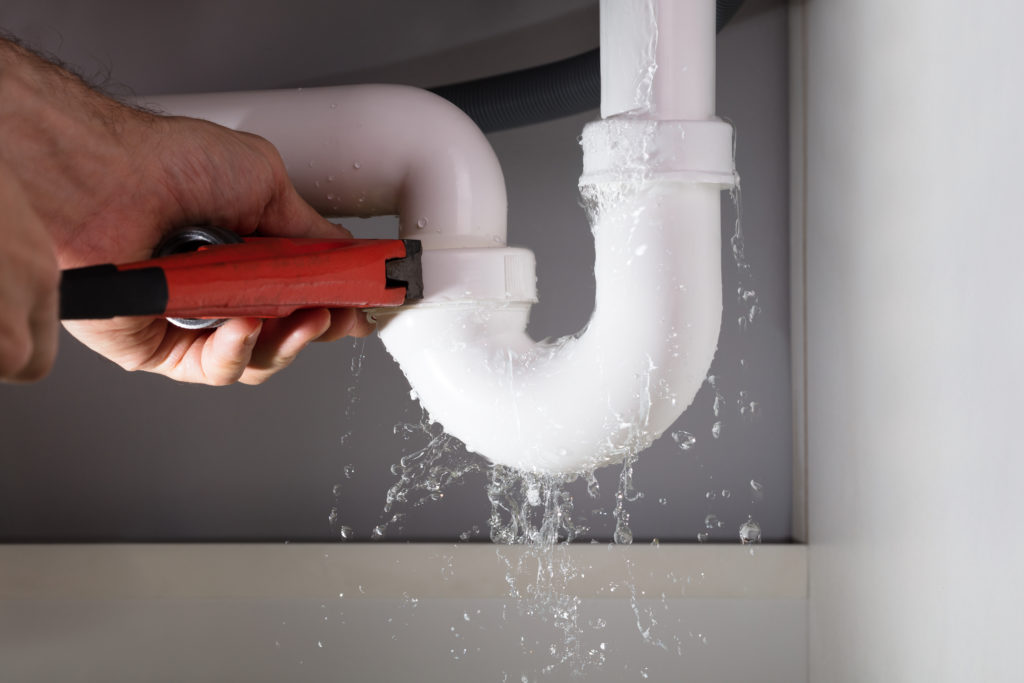Plumbing allows us to perform daily and fundamental tasks, such as bathing, potable water, cook, brush teeth, flush the toilet, and more.
We usually don’t pay enough attention to our home plumbing when it is working fine, but it becomes our only thought if something goes wrong.
Knowing the basics of plumbing and its parts will assist you during emergencies. You’ll be able to do small repairs, know when it’s time to call a plumbing company, and most importantly, be prepared for emergencies and make knowledgeable choices when the time comes.
You should no feel dissuaded to call a trusted, authorized, professional plumbing company such as Armstrong Bros when in trouble, but there are things you can do yourself and save some money.
1. Identify the Source of Your Water
Usually, water enters our home from one of two origins: a residential well with a private pump or a city water supply. When you use a well to pump your water into your house, you don’t t have to pay for it. But if you receive water from your city supplier, you’ll receive a monthly bill.
2. Know How To Test Water Quality
We encourage you to test your water at least once a year if you get your water from a well. It’s common to test the water when we move into a new place- but a lot can change in one year. Another supply or treatment, soil changes, and some methods used by agricultural or industrial businesses in the area.
You can obtain a water-testing kit from multiple suppliers, and on many occasions, the city entity in your area will probably give you a discount.
The tests can expose several different agents: nitrates, turbidity, heavy metals, bacteria, minerals, volatile organics, and more. Most of the tests work by you getting some water and taking it to a lab to analyze.
3. Find and Turn Off Your Water Main
In most houses, there is a principal valve near the street, and sometimes a second one inside the house or around it, frequently in the basement.
After you find it, you will analyze it to understand how it works, it can be like a wheel or a lever. Twist it clockwise or push it right or down till it stops. To make sure the water is off, you can try to run water at some sink. If it does not work, it is turned off.
4. Discover where the Individual Cut-Off Valves are
Check all your water running devices such as the washer, toilets, and sinks to find the valve on them where you can stop their water supply. These specific valves allow you to separate one place that may need maintenance without having to turn off the water from the entire house.
5. Examine the Water Meter and Bill
When you use your city water supply there is a meter for each home. It is located around the house itself or near the street.
If you learn how to read your meter, it may help you control water usage and keep costs low. Checking your every month can reveal any leaks- because when there are, the bill will come unusually high.
6. Test Water Pressure
You can request your water supply corporation to test the pressure for you, or you can buy a water-pressure test. The system will be attached to the outside water faucet- and will give an interpretation of the water pressure.
7. Regulate the Water Pressure
If you have a municipal water supply, there must be a water pressure control somewhere. This mechanism works by controlling the pressure so it doesn’t explode through all of your devices and equipment. To increase or decrease the pressure getting into your home, you just need to find the regulator and adjust it while someone else helps you by monitoring it.
While your helper watches the pressure, gently turn the device clockwise to raise the water pressure and counterclockwise to lower it.
8. Search for Unknown Leaks
Camouflaged leaks can ruin important infrastructure in your house like wooden boards, drywall, carpet, and sometimes pipes and other plumbing accessories. You see if there is any leak by closing all water faucets and checking your meter.
If it is still running, it may leak into your house. It’s important to do this during a period in which you will not need to use the water for at least 15 minutes or longer.
Sometimes the leak can be as manageable as a toilet working or as complex as a modest burst in a hidden pipe. Sprinklers can usually be the reason for unknown or undetected leaks.
9. Get Familiarized With Your Water Heater
Locate the shutoff valves of your water and electric or gas supply on the water heater. For a gas water heater, shift the gas-supply line control clockwise and if it is an electric water heater, locate the igniter that supplies it and switch it off.
When studying your water supply, there’s habitually a handle or lever near where the water heater is attached to the central water line. Your water heater should have a temperature scale and/or wheel near the top or bottom, where you can set the temperature. The control may have high, medium, and low settings. If you don’t know how to adjust the temperature, you can have a plumbing company such as Armstrong Bros do it for you.
Inspect all the pipelines and accessories connected to the water heater routinely for leaks, and you can put some type of drip bucket below the hot-water heater. Water heaters usually last 10-12 years, and they practically start to leak near the end of their life span.

